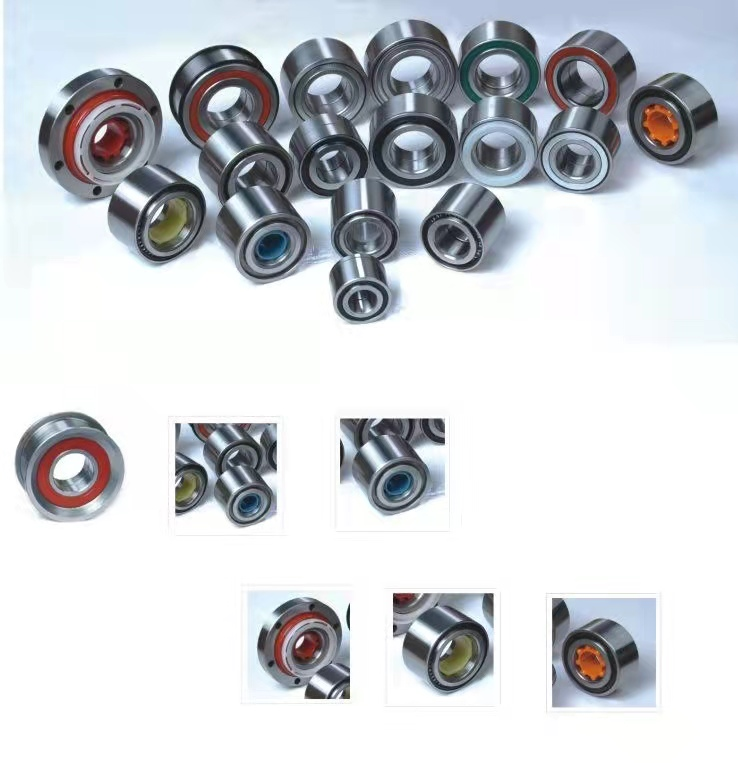Parameters of bearing selection
Allowable Bearing installation Space
To install a bearing in target equipment, the allowable space for a rolling bearing and its adjacent parts is generally limited so the type and size of the bearing must be selected within such limits. In most cases, the shaft diameter is fixed first on the basis of its rigidity and strength by the machine designer; therefore, the bearing is often selected based on its bore size. There are numerous standardized dimension series and types available for rolling bearings and the selection of the optimum bearing from them is an important task.
Load and Bearing Types
Load magnitude, type and direction of applied load are to be considered in bearing type selection. The axial load carrying capacity of a bearing is closely related to the radial load capacity in a manner that depends on the bearing design.
Permissible Speed and Bearing Types
Bearings to be selected with response to rotational speed of equipment in which bearing is to be installed; the maximum speed of rolling bearings varies depending, not only the type of bearing, but also its size, type of cage, loads on system, lubrication method, heat dissipation, etc. Assuming the common oil bath lubrication method, the bearing types are roughly ranked from higher speed to lower.
Misalignment of Inner/Outer Rings and Bearing Types
The inner and outer rings are slightly misaligned because of deflection of a shaft caused by applied loads, dimensional error of the shaft and housing, and mounting errors. The permissible amount of misalignment varies depending on the bearing type and operating conditions, but usually it is a small angle less than 0.0012 radian. When a large misalignment is expected, bearings having a self-aligning capability, such as self-aligning ball bearings, spherical roller bearings and bearing units should be selected.
Rigidity and Bearing Types
When loads are imposed on a rolling bearing, some elastic deformation occurs in the contact areas between the rolling elements and raceways. The rigidity of the bearing is determined by the ratio of bearing load to the amount of elastic deformation of the inner and outer rings and rolling elements. The higher the rigidity that bearing possess, better they control elastic deformation. For the main spindles of machine tools, it is necessary to have high rigidity of the bearings together with the rest of the spindle. Consequently, since roller bearings are deformed less by load, they are more often selected than ball bearings. When extra high rigidity is required, bearings negative clearance. Angular contact ball bearings and tapered roller bearings are often preloaded.
